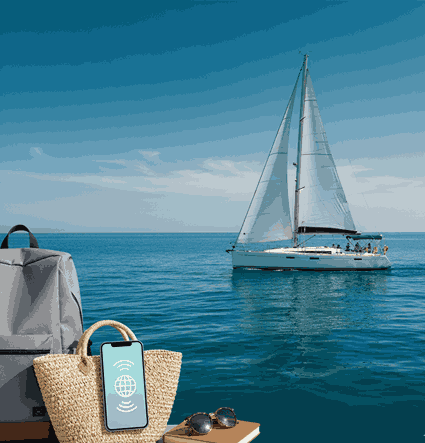Winter doesn’t mean hibernation. Some of the world’s most vibrant celebrations happen when temperatures drop and snow starts falling. I’ve put together a guide to 10 festivals that turn the coldest months into reasons to pack your bags.
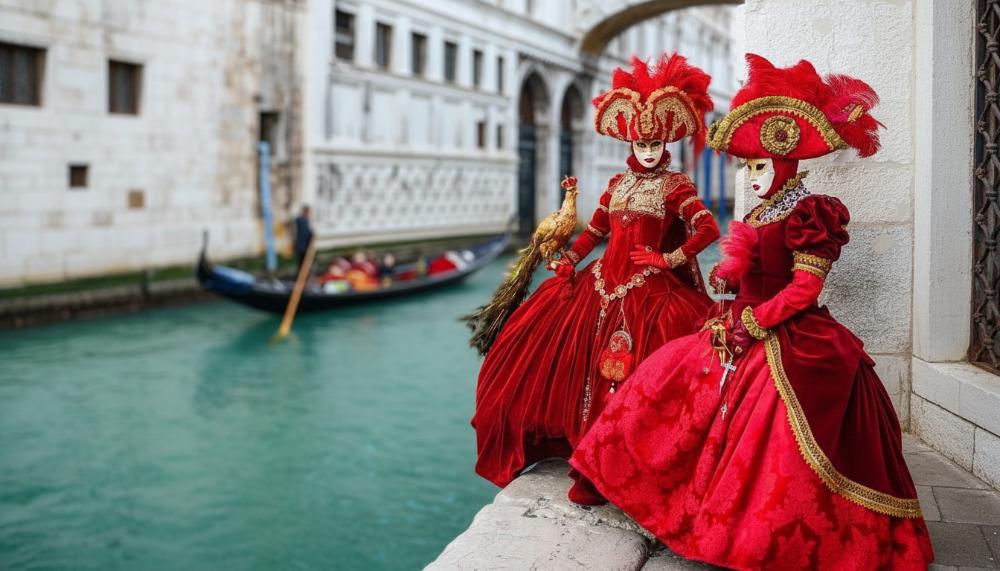
Ice sculptures look like frozen cathedrals. Street parties last until sunrise. These events prove winter is anything but dull. Some winter festivals draw millions of visitors, while others feel like well-kept secrets in remote corners of the globe.
1. Ice and Snow Festival: Harbin, China
Northeastern China gets brutally cold in winter, and Harbin has turned that into its biggest asset. This city hosts the world’s largest ice and snow festival, where entire buildings made of frozen river water light up the night. The scale is hard to comprehend until you’re standing next to a 40-meter ice pagoda.
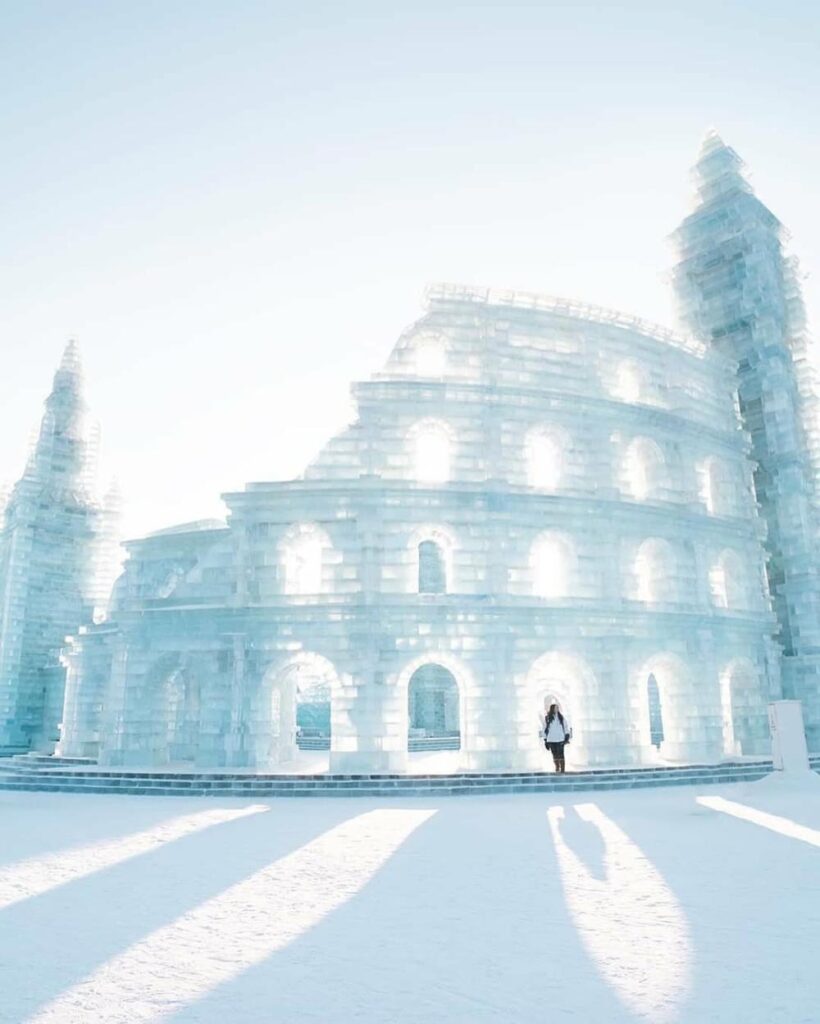
Harbin’s relationship with ice goes back decades, but the official festival was launched in 1985. The city sits in northeastern China, where winter temperatures regularly drop below -20C/-4F.
Local artists started carving ice from the frozen Songhua River in the 1960s, and what began as small lantern displays grew into the largest ice and snow festival on the planet.

The 2025-2026 edition runs from January 5 to late February 2026, though exact closing dates depend on weather conditions.
The festival covers multiple zones across the city. Each area focuses on different aspects, from massive architectural ice sculptures to snow art competitions.
Best Ice Sculpture Displays in Harbin
Ice and Snow World is the main attraction. This sprawling park features full-scale buildings made entirely from ice blocks, some reaching 40 meters high.
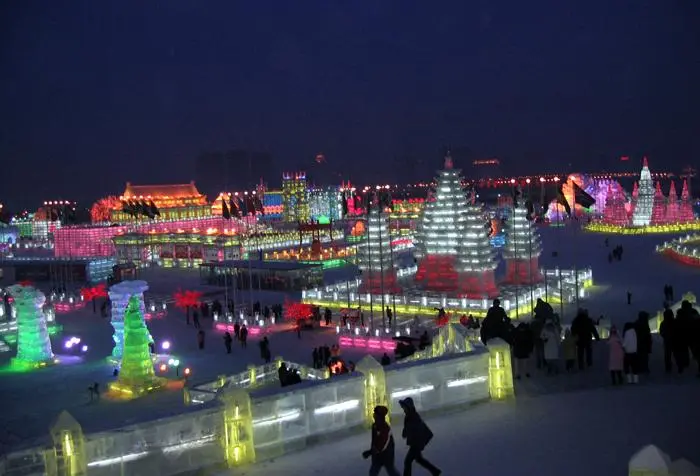
Artists use colored lights embedded in the ice to create structures that glow after dark. You’ll see replicas of famous landmarks, fantasy castles, and abstract designs that change every year.
Sun Island hosts the snow sculpture area. These works use packed snow instead of clear ice, allowing for different textures and larger forms. The craftsmanship is remarkable when you consider that these pieces take weeks to create and last only a few months.
| Venue | Focus | Best Time to Visit | Entry Fee |
|---|---|---|---|
| Ice and Snow World | Illuminated ice architecture | After 4 PM | $46 |
| Sun Island | Snow sculptures | Daytime | $33 |
| Zhaolin Park | Ice lanterns | Evening | $21 |
| Stalin Park | Free ice formations | Anytime | Free |
Winter Activities in Harbin Beyond the Festival
Harbin offers more than ice sculptures. You can try ice swimming in the Songhua River if you’re brave enough to join locals who break through the frozen surface. Yabuli Ski Resort sits about three hours away and provides solid downhill skiing for Chinese standards.

The Siberian Tiger Park gives you a chance to see endangered tigers in a semi-natural environment. Winter is actually the best time to visit since the tigers are more active in cold weather.
Travel Logistics for Harbin in January
Harbin Taiping International Airport connects to major Chinese cities and some international destinations. The city has an efficient metro system, though taxis are cheap and abundant. Most hotels cluster near Central Street, a pedestrian area with Russian-influenced architecture.
Tip
Pack serious cold-weather gear. Temperatures average around negative 18 degrees Celsius in January. Layer thermal underwear, insulated pants, a heavy coat, and face protection. Hand warmers are sold everywhere and are worth buying in bulk.
2. Sapporo Snow Festival: Sapporo, Japan
Hokkaido’s capital transforms every February into a showcase of snow and ice artistry. The festival here draws over two million visitors who bundle up to see sculptures that tower several stories high. Unlike Harbin’s ice focus, Sapporo balances snow sculptures with Japan’s famous attention to detail and craftsmanship.

The Sapporo Snow Festival started in 1950 when local students built 6 snow statues in Odori Park. The 2026 festival runs from February 4-11, attracting more than two million visitors during that week. The festival spreads across three main sites, each with a different vibe and focus.
Odori Park runs through the heart of downtown Sapporo for 1.5 kilometers. This is where you’ll find the largest snow sculptures, some requiring hundreds of tons of snow. The Japanese Self-Defense Forces help construct many of these massive pieces.
Best Viewing Spots for Ice Sculptures
Odori Park is divided into numbered blocks. Blocks 4 through 7 feature the most impressive large-scale sculptures. Block 8 hosts the international snow sculpture competition, where teams from around the world compete. Head to the TV Tower at the east end of the park for an elevated view of the entire festival layout.
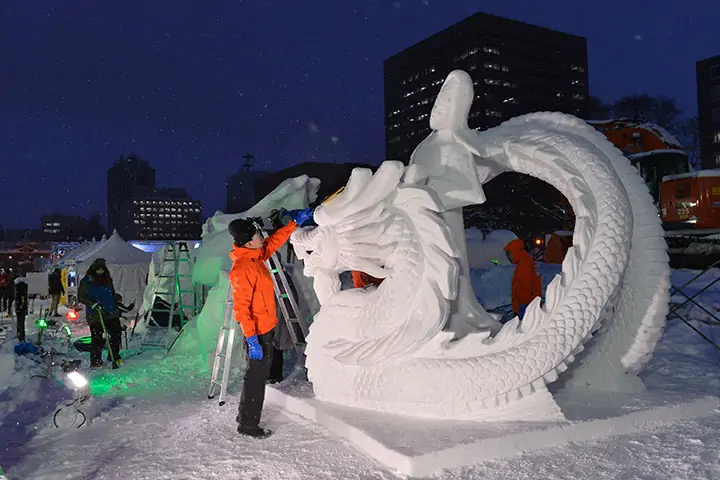
Susukino Site focuses on ice sculptures rather than snow. Located in Sapporo’s entertainment district, this area comes alive after dark when the ice carvings light up. The sculptures here are smaller but more detailed than the snow works in Odori Park.
Here are the best spots to position yourself:
- TV Tower observation deck gives you the full Odori Park layout in one view
- Blocks 5 and 6 in Odori Park for the tallest snow sculptures
- Susukino Main Street between 4th and 7th blocks for ice carvings
- Tsudome Site rooftop viewing area overlooks the family activity zones
Winter Food Scene in Sapporo
Sapporo is Hokkaido’s capital, and Hokkaido is known for exceptional seafood and dairy. Winter is peak season for crab, with king crab, snow crab, and hairy crab all available. Ramen shops throughout the city serve miso ramen, which originated here. The rich, hearty bowls make perfect sense in sub-zero weather.

Soup curry is another Sapporo specialty. This dish combines curry spices with a broth-based soup filled with vegetables and your choice of protein. Look for restaurants near Susukino Station for the best options.
Getting Around Sapporo During Festival Season
The Sapporo subway system has 3 lines that cover most tourist areas. The Namboku Line stops at Odori Station, putting you right at the festival’s main venue. Buy a 1-day subway pass for unlimited rides if you plan to move between festival sites.
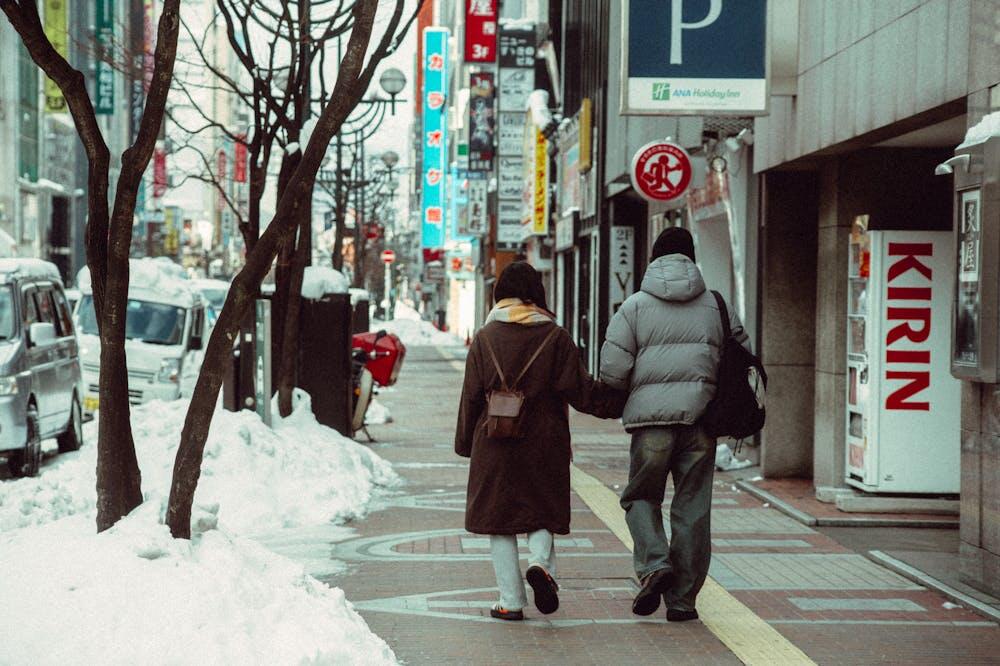
Hotels fill up months in advance for festival week. Book accommodation by November at the latest. Staying near Odori or Susukino puts you within walking distance of the 2 main festival sites.
3. Quebec Winter Carnival: Quebec City, Canada
French Canada knows how to celebrate winter instead of just enduring it. Quebec City’s carnival has been running since the 1950s, and it’s grown into one of the biggest winter parties on the planet.
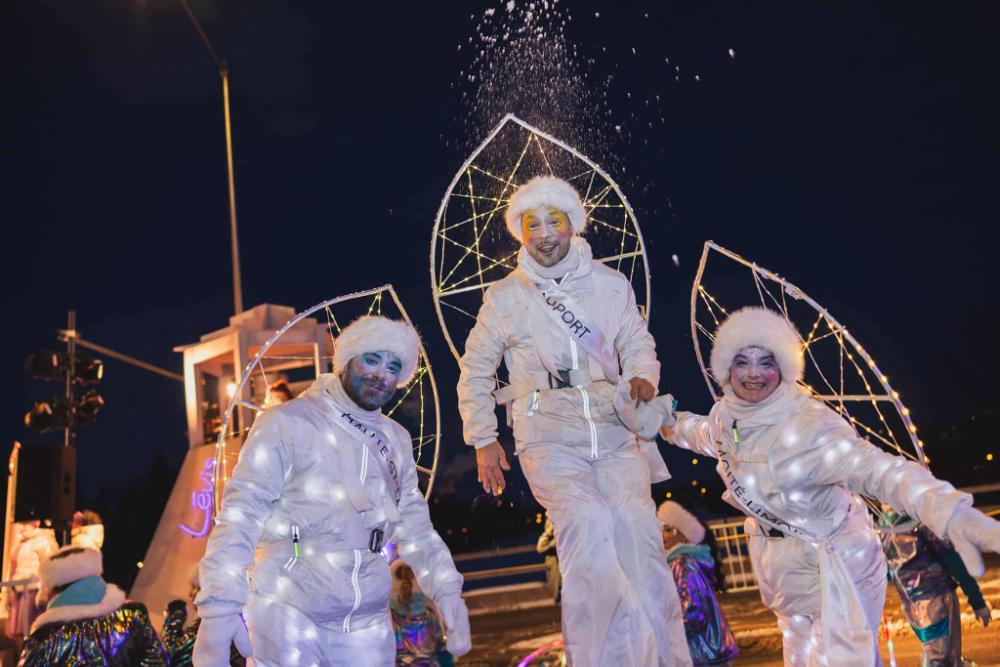
Quebec Winter Carnival has run almost continuously since 1955, making it one of the world’s oldest winter festivals. The 2026 edition runs from February 6-15, taking over Old Quebec for 10 days.
Bonhomme, a snowman mascot wearing a red cap and traditional arrow sash, serves as the carnival’s official ambassador and appears throughout the city.

The carnival mixes French-Canadian heritage with winter sports and family activities. Ice canoe racing stands out as one of the most demanding events, where teams paddle and push their canoes across the partially frozen St. Lawrence River.
Ice Palace and Outdoor Activities
A massive ice palace is constructed in front of the Parliament Building each year. The structure changes design annually, but always serves as the carnival’s centerpiece. You can walk through ice tunnels, watch ice carving demonstrations, and see Bonhomme’s throne room inside.
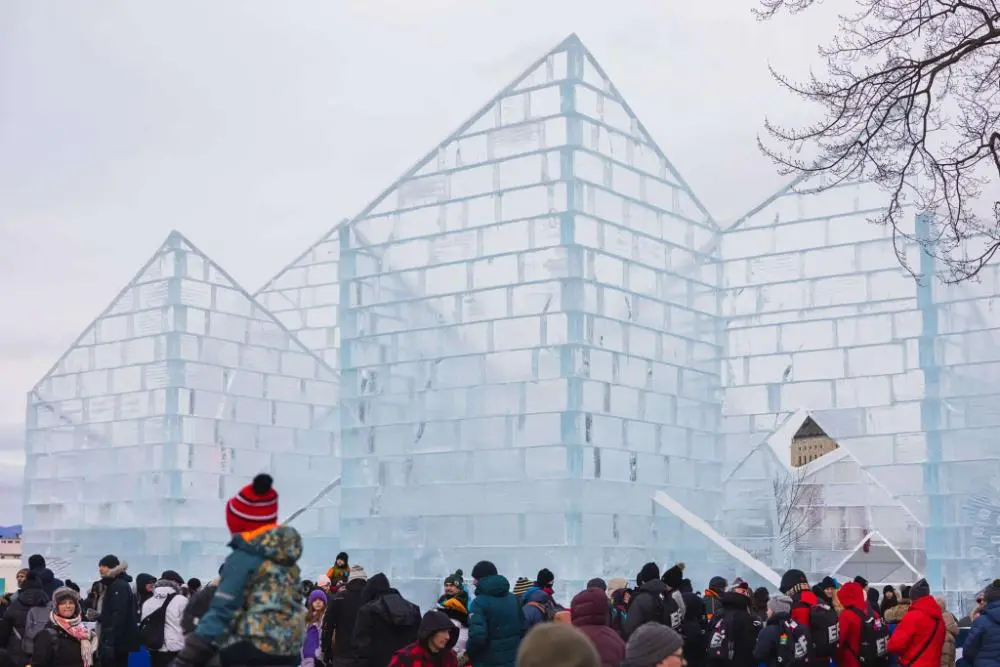
Night parades wind through the narrow streets of Old Quebec several times during the carnival. Illuminated floats, marching bands, and dance troupes perform despite temperatures that can drop to -20C/-4F. The snow bath is a quirky tradition, where people roll around in the snow wearing only swimsuits.
| Activity | Location | Difficulty Level | Cost |
|---|---|---|---|
| Ice canoe racing | St. Lawrence River | Spectator-friendly | Free |
| Snow bath | Various sites | Participation optional | Free with wristband |
| Ice palace tour | Parliament grounds | Easy | Included in entry |
| Night parade | Old Quebec streets | Spectator-friendly | Free |
Food to try during
Cabanes à sucre, or sugar shacks, pop up during carnival season, selling maple taffy. Hot maple syrup gets poured onto snow, creating a chewy candy you eat off a popsicle stick.
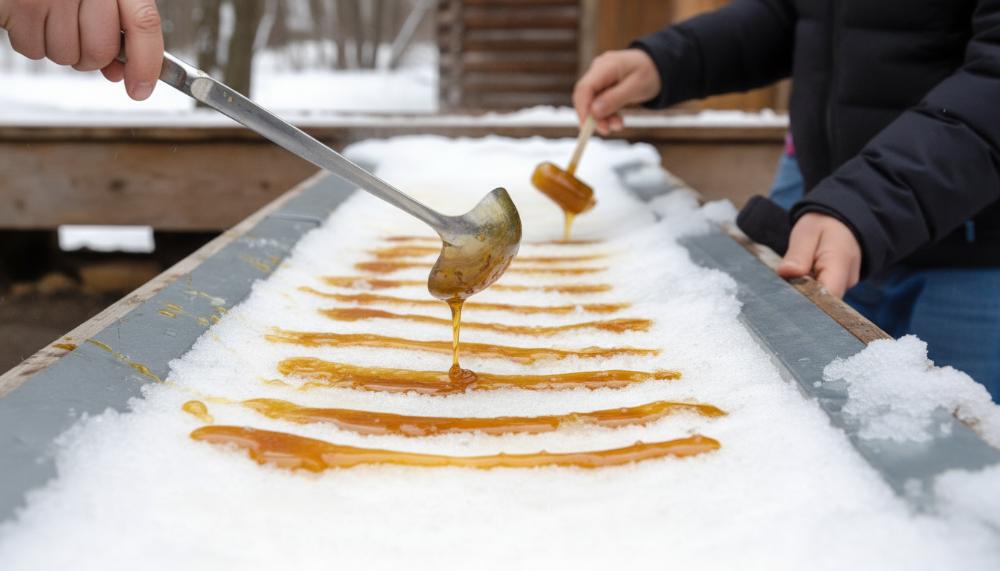
Beaver tails are fried dough pastries shaped like, well, beaver tails, topped with cinnamon sugar or other sweet options.

Caribou is the festival’s signature drink. This mixture of red wine, whisky, maple syrup, and sometimes port keeps you warm while wandering between activities. You’ll find it sold from outdoor bars and carts throughout the carnival grounds.
Best Accommodation Near Old Quebec
Finding the right place to stay makes a difference when you’re dealing with February cold and festival crowds. Old Quebec offers plenty of options at different price points.
Top choices would be:
- Fairmont Le Château Frontenac sits right in the heart of Old Quebec with premium rooms and iconic architecture, though prices reflect the prestige
- Small inns along Rue Saint-Louis deliver better value with authentic period charm and walkability to carnival sites
- Saint-Roch neighborhood hotels cost less and put you just outside the walls with a quick walk or transit ride to the action
- Airbnb apartments in Old Quebec work well for groups who want kitchen access and more space
- Hotels near Grande Allée keep you close to Plains of Abraham where outdoor activities happen
4. Venice Carnival: Venice, Italy
Venice Carnival brings elegance to winter festivals. Elaborate masks, historic costumes, and centuries-old traditions fill the streets for two weeks before Lent.
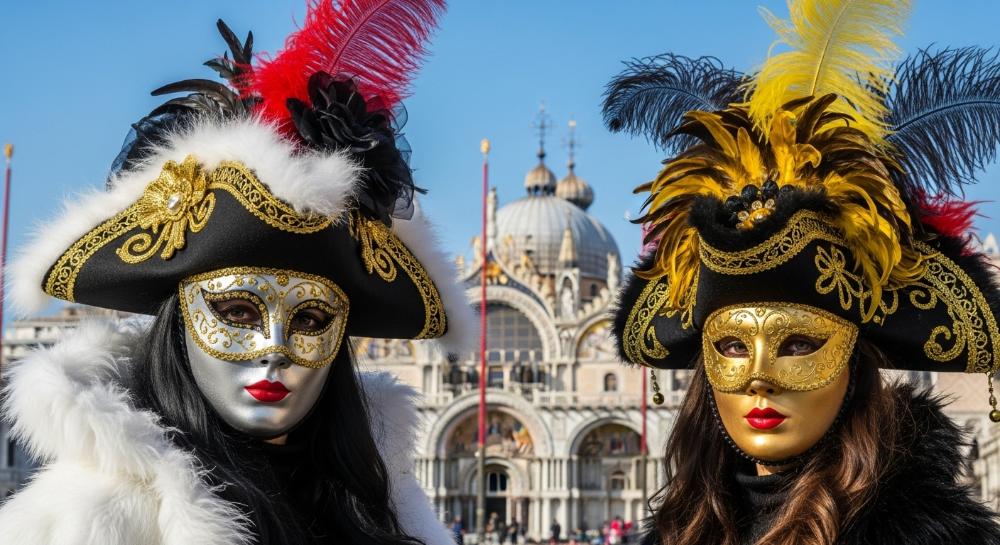
Venice Carnival dates back to the 12th century and officially became an annual event in 1296. The 2026 carnival runs from February 7-17, with the tradition of wearing masks having deep roots in Venetian society.
Masks allowed people to hide their identity and social class, creating temporary equality and freedom during carnival season. Traditional Venetian masks include the bauta, a white mask covering the full face, and the moretta, an oval black mask held in place by biting a button.
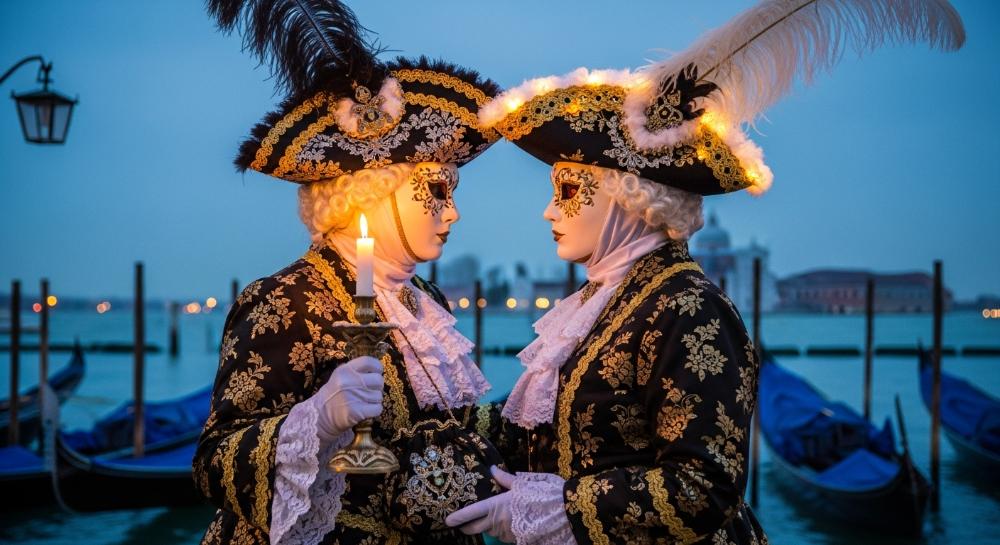
Modern carnival-goers mix historic reproductions with elaborate handmade creations featuring feathers, jewels, and gold leaf. The craftsmanship involved in quality masks is serious business, with some pieces taking months to create.
Best Viewing Locations for Carnival Events
St. Mark’s Square hosts the official opening ceremony and several major events throughout the two-week festival. The Flight of the Angel, where an acrobat descends from St. Mark’s Campanile on a zipline, draws huge crowds. Arrive at least an hour early for a decent viewing spot.

The Grand Canal serves as a stage for water parades featuring decorated gondolas and boats. Rialto Bridge gives you an elevated view of the canal processions.
Smaller campos throughout the city host impromptu performances, masked balls, and street entertainment that often feel more authentic than the main square events. Here are the key locations:
- Café Florian in St. Mark’s Square for people-watching in historic surroundings
- Campo Santa Maria Formosa for local mask-makers and smaller crowds
- Cannaregio district for neighborhood celebrations with Venetians
- Private palazzos host exclusive masked balls (tickets required months ahead)
Winter Dining in Venice
Venetian cuisine in winter focuses on seafood and game. Sarde in saor, sweet and sour sardines, is a classic appetizer. Risi e bisi, a creamy rice and pea dish, appears on most menus, though it’s technically a spring dish that extends into early carnival season.

Bacari are small bars serving cicchetti, Venice’s version of tapas. These bite-sized snacks pair with spritz or local wine. Look for bacari in areas away from St. Mark’s Square, where prices stay reasonable and locals actually eat.
“A mask in Venice is not a disguise. It’s an invitation to become whoever you want for a few magical days.” – Marco Bellini, traditional mask maker
Navigating Venice During Carnival Season
Water taxis and vaporettos, Venice’s public water buses, get packed during carnival. Buy a multi-day transport pass to avoid ticket lines. Walking is often faster than water transport for shorter distances, though the maze of streets can be confusing.
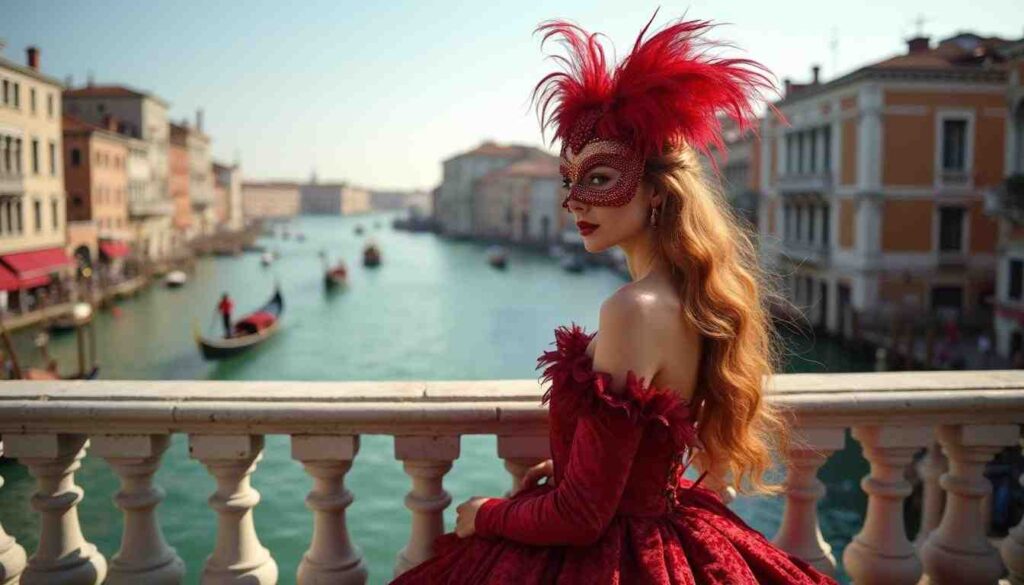
Crowds peak on weekends and during the final few days before Ash Wednesday. Visit on weekdays if possible. Many smaller bridges and narrow passages become bottlenecks when masked crowds gather, so plan extra time for getting anywhere.
5. Hogmanay: Edinburgh, Scotland
Scotland takes New Year’s Eve more seriously than most places take their national holidays. Edinburgh’s Hogmanay celebration has grown into a 3-day festival that draws around 100,000 people each year. The name Hogmanay refers to the Scottish New Year’s Eve celebration, a tradition that predates Christmas as the major winter holiday in Scotland.
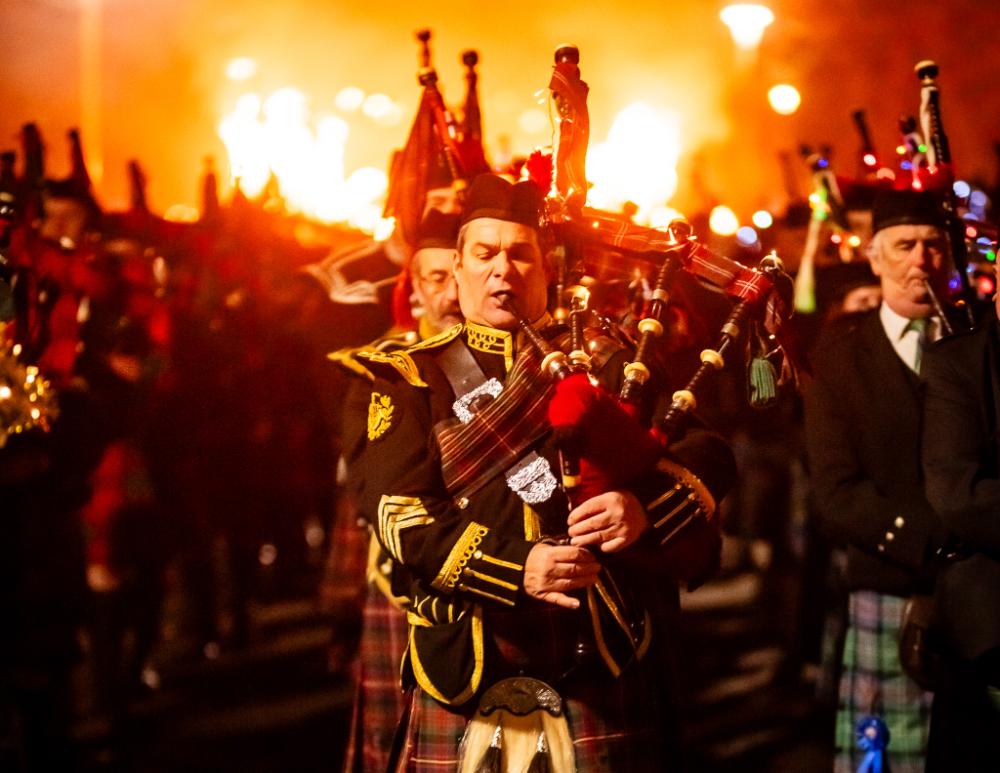
The 2025-2026 celebration runs from December 30, 2025, through January 1, 2026, with events spread across all 3 days.
The street party requires tickets, which typically sell out months in advance. Wristbands grant access to the cordoned-off area where the main festivities happen. Security checks mean you can’t bring your own alcohol, but bars and drink stations operate throughout the venue.

At midnight, fireworks launch from Edinburgh Castle while the crowd sings Auld Lang Syne. The tradition of linking arms with strangers and singing the Robert Burns poem together creates a sense of community that’s hard to describe if you haven’t experienced it.
| Event | Date | Ticket Required | Typical Duration |
|---|---|---|---|
| Torchlight Procession | December 30, 2025 | Yes ($16) | 2 hours |
| Street Party | December 31, 2025 | Yes ($32-55) | 6 hours |
| Loony Dook swim | January 1, 2026 | Optional donation | 1 hour |
| Concert in the Gardens | December 31, 2025 | Yes ($50-90) | 4 hours |
Best Spots for New Year’s Fireworks
Edinburgh Castle serves as the main launch point for the midnight fireworks display. Finding the right viewing spot makes a huge difference when you’re competing with 100,000 other people for a clear view.
Top viewing locations include:
- Calton Hill offers the best free spot with elevated views of the castle and no ticket required, arrive by 10 PM to secure your position
- Arthur’s Seat gives you a panoramic view of the entire city and multiple firework displays, but requires a 45-minute uphill climb with a flashlight for the descent
- North Bridge provides close-up views of fireworks launching from the castle, though crowds pack in tight here
- Inverleith Park in the north offers a quieter alternative with good sightlines if you don’t mind being further away
- Princes Street Gardens (with concert ticket) puts you right below the castle for the most dramatic perspective
6. Tomorrowland Winter Festival: Alpe d’Huez, France
Combining skiing with electronic music sounds like it shouldn’t work, but Tomorrowland Winter proves otherwise. This festival brings the famous Belgian event to the French Alps, where you can ski between DJ sets and dance at 2,600 meters. The alpine setting adds a surreal quality to the whole experience.

Tomorrowland Winter launched in 2019, bringing the famous Belgian electronic music festival to the French Alps. The 2026 edition takes place March 15-21, when Alpe d’Huez still has solid snow coverage but longer daylight hours and slightly warmer temperatures than deep winter.
The festival runs for 1 week with multiple stages scattered across the mountain. Unlike summer music festivals, you ski or snowboard between stages during the day. Acts perform from afternoon through late evening, with the main stage hosting headliners after the slopes close.
Alpine Skiing and Snowboarding Options
Alpe d’Huez offers 250 kilometers of marked runs across varied terrain. The resort reaches up to 3,330 meters at its highest point, providing reliable snow conditions and views across the French Alps. Intermediate skiers have the most options, though beginners and advanced riders both have dedicated areas.

The Sarenne run stretches for 16 kilometers, making it one of Europe’s longest marked black runs. For festival-goers who want morning runs before music starts, the first lifts open around 8:30 AM. Some slopes stay open until evening during festival week.
- Book a combo festival and ski pass package in advance
- Rent equipment near your accommodation to avoid carrying gear
- Most stages are accessible via ski lifts and marked routes
- Evening performances don’t require skiing access
Electronic Music Stages Across the Mountain
The Mainstage sits at 2,600 meters in a natural amphitheater. This is where headliners like Armin van Buuren and Steve Aoki have performed with the Alps as a backdrop. The stage’s location means you ski down after evening shows end, creating a surreal experience of dancing at high altitude, then gliding through snowy terrain.
“Skiing between DJ sets in the Alps isn’t something I thought I’d ever experience. The combination shouldn’t work, but somehow it does perfectly.” – Sarah Chen, festival attendee
The Crystal Garden stage operates as an indoor venue with 360-degree production. This stage runs later into the night since it’s not dependent on mountain operating hours. Several smaller stages pop up in unexpected locations, turning a regular ski day into a treasure hunt for music.
Best Lodging Near Alpe d’Huez
Location matters when you’re juggling festival schedules and ski access. Staying close to both lift access and evening venues saves energy and time.
Your best lodging options:
- Hotel Le Dôme sits at the base of the main lifts with ski-in/ski-out access and walking distance to festival stages, expect $300-500 per night during festival week
- Résidence Le Cristal de l’Alpe offers apartment-style units with kitchens for groups, located near the main village at $250-400 per night
- Chalet hotels in the village center, like Chamois d’Or, give youa traditional alpine atmosphere at $200-350 per night
- Huez village accommodations cost 30-40% less at $150-250 per night, with free shuttle buses running to the resort every 15 minutes
- Festival package deals through Tomorrowland include lodging but require booking when tickets go on sale, usually selling out within hours
7. Ice Sculpture Festival: Zwolle, Netherlands
Not every ice festival happens outdoors. Zwolle’s indoor exhibition keeps sculptures frozen for months in a controlled environment. Artists can build more detailed and ambitious pieces when they don’t have to worry about melting.

The Netherlands Ice Sculpture Festival in Zwolle runs from November 2025 through March 2026. Unlike outdoor festivals where sculptures slowly melt, this takes place in a massive refrigerated space kept at -10C/-2F. Artists create elaborate scenes and structures that stay intact for the entire season.
Each year follows a different theme. Past festivals have featured fairy tales, famous cities, and fantasy worlds. Teams of international ice sculptors spend weeks building the exhibition before opening day. The controlled environment allows for detail and scale that outdoor festivals can’t match.
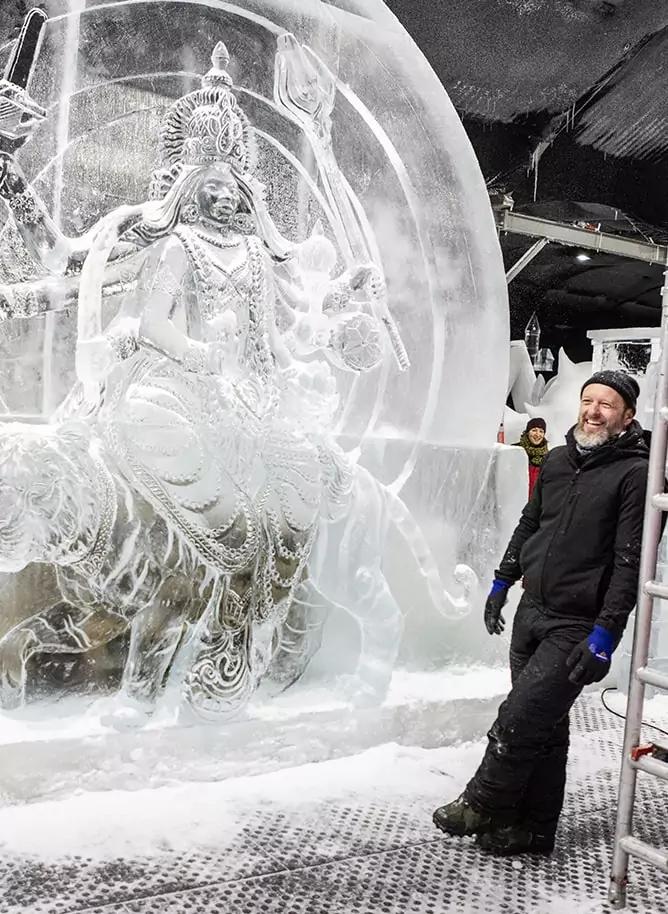
The exhibition covers about 1,400 square meters and includes around 300 tons of ice. Colored lights illuminate the sculptures, creating an otherworldly atmosphere. You walk through themed rooms, each telling part of the overall story through ice art.
Ice slides and interactive elements make this more than just a viewing experience. Kids can slide down ice ramps while adults appreciate the technical skill involved in the larger pieces. The venue provides warm coats and gloves at the entrance since you’ll spend 45 minutes to an hour in the freezing space.
| Practical Info | Details |
|---|---|
| Duration of visit | 45-60 minutes average |
| Temperature inside | Negative 10 degrees Celsius |
| Warm clothing provided | Heavy coats and gloves at entrance |
| Entry fee | $18-22 |
| Photography allowed | Yes, no flash needed due to lighting |
Day Trips from Amsterdam to Zwolle
Direct trains run from Amsterdam Central Station to Zwolle in about 75 minutes. Trains depart several times per hour, making it easy to visit the ice festival as a day trip. The exhibition venue sits about 15 minutes by bus from Zwolle station.
Combining the ice festival with a stop in Giethoorn, the famous Dutch village with canals instead of roads, makes sense geographically. Giethoorn lies between Amsterdam and Zwolle, though it requires a bus connection from Steenwijk station.
8. Carnival de Santa Cruz: Santa Cruz de Tenerife, Spain
The Canary Islands prove that winter festivals don’t require snow. Santa Cruz hosts one of the world’s biggest carnivals, rivaling Rio for scale and energy. February here means warm weather, elaborate costumes, and street parties that last all night.
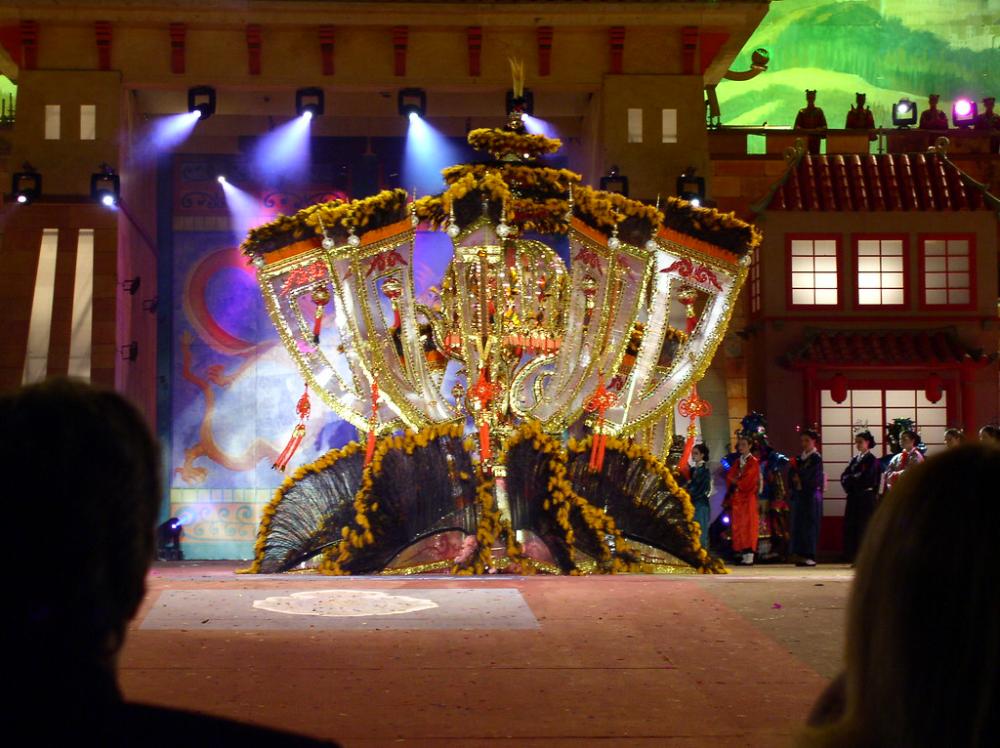
The festival has roots in the 16th century when Spanish colonists brought carnival traditions to the Canary Islands. It evolved over centuries, absorbing influences from Latin America, Africa, and mainland Spain.
The 2026 carnival runs from February 13-22, timed to end on Ash Wednesday like other Catholic carnivals. Santa Cruz’s celebration nearly disappeared during Franco’s dictatorship when authorities tried to suppress it, but locals kept traditions alive by calling it a “winter festival” instead.
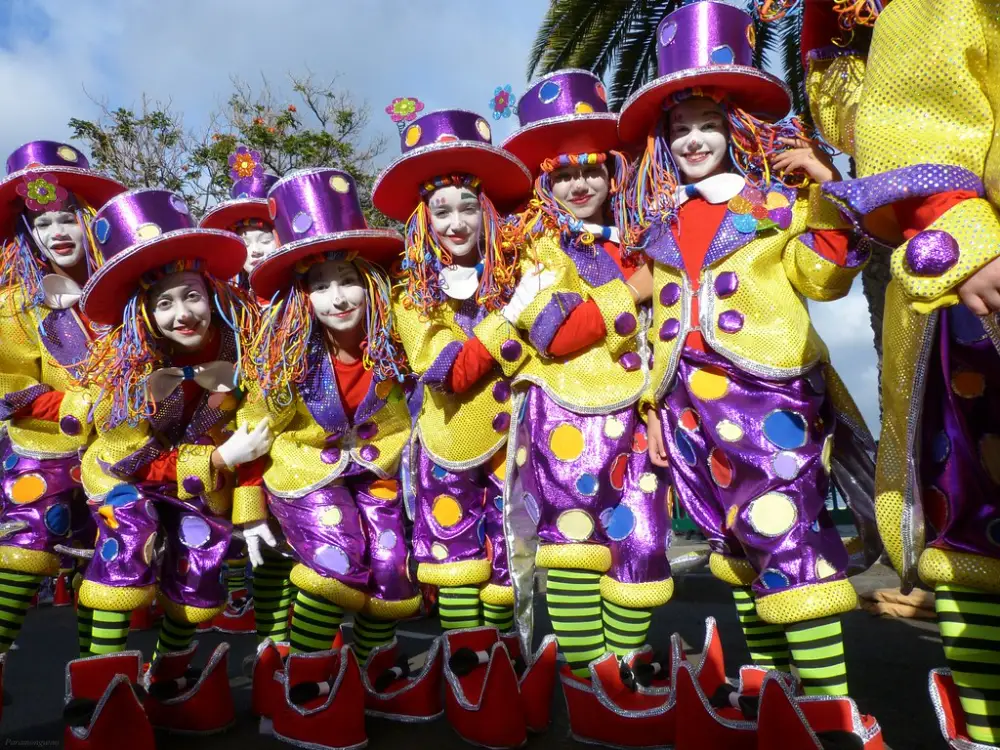
The main parade happens on Shrove Tuesday and follows a route through downtown Santa Cruz. Dozens of comparsas, or parade groups, spend months preparing elaborate costumes and choreographed dances. Each comparsa has hundreds of members moving in synchronized formations while samba bands provide the soundtrack.
The Coso parade typically starts around 5 PM and continues past midnight. Streets along Avenida de Anaga and Rambla de Santa Cruz offer the best viewing spots. Locals set up chairs and coolers hours before the parade starts to claim their territory. Arrive by 3 PM if you want a prime viewing position along the main route.
9. Up Helly Aa Viking Festival: Lerwick, Scotland
The Shetland Islands sit closer to Norway than to London, and their Viking heritage shows strongest during Up Helly Aa. This festival involves setting a full-size Viking ship on fire while hundreds of torch-bearers march through the night. It’s raw, authentic, and completely unique to this remote corner of Scotland.
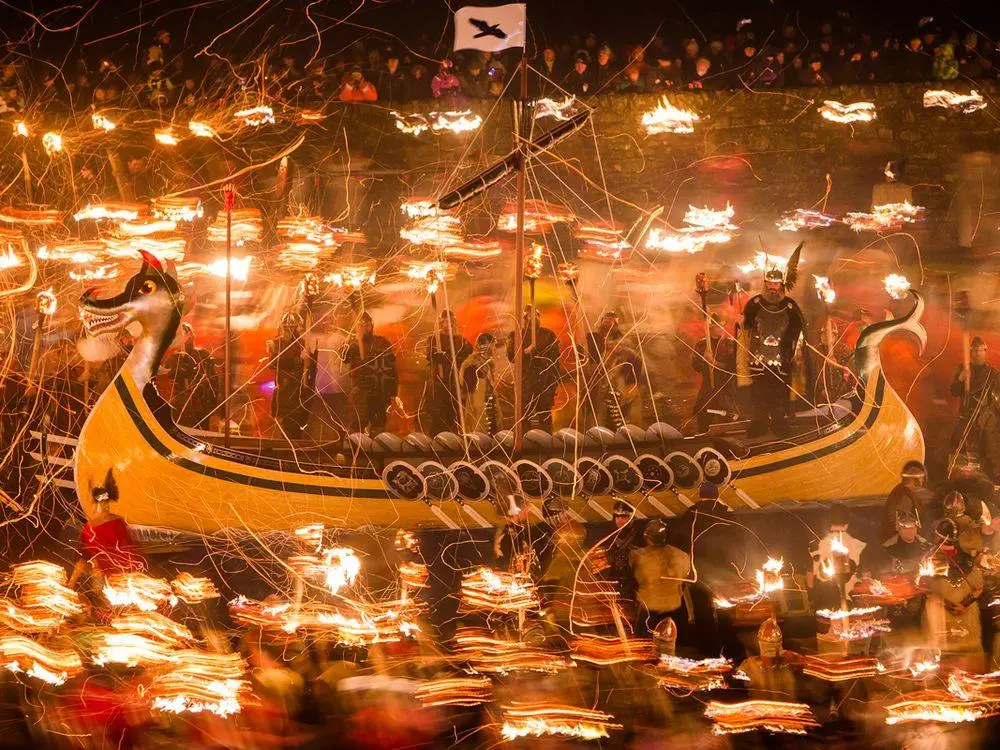
Up Helly Aa takes place in Lerwick on the last Tuesday of January each year. The 2026 festival happens on January 27. The festival celebrates Shetland’s Norse heritage with a torch-lit procession and the burning of a Viking galley. The name comes from Old Scots, roughly meaning “end of the holy days” after Christmas.
The festival grew from rowdy Christmas celebrations in the 1800s. Authorities tried to control the chaos by organizing it into a structured event. The first Viking galley was burned in 1889, establishing the tradition that continues today.
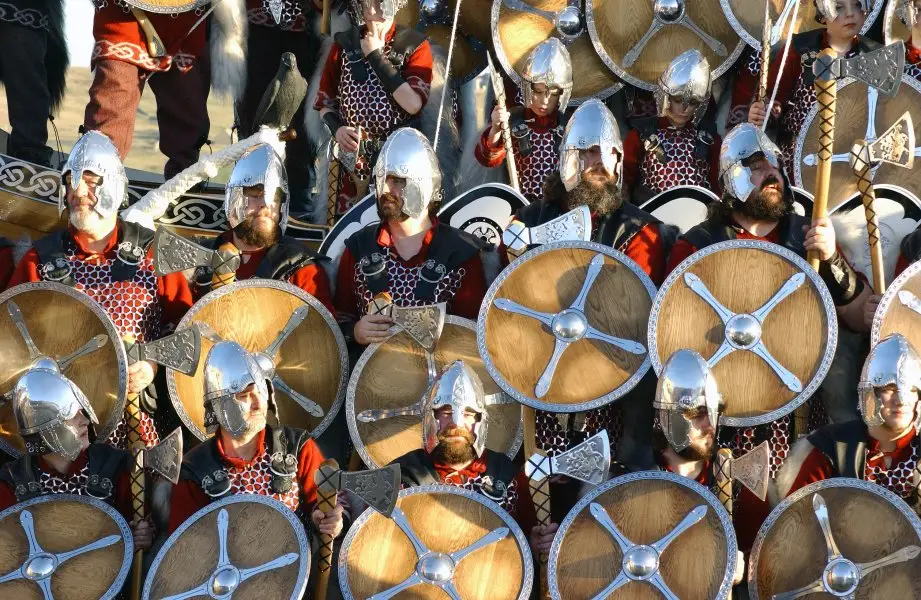
The Guizer Jarl leads the procession as the main character, dressed in elaborate Viking costume. His squad of about 60 men also wear Viking gear and spend the entire day in character. Behind them march up to 1,000 participants carrying torches, organized into squads with their own themes and costumes.
The procession winds through Lerwick’s streets to a burning site where the galley waits. At a signal, participants throw their torches into the galley. The ship goes up in flames while hundreds watch. After the burning, squads move through the night visiting halls around Lerwick, performing skits and songs.
Getting to Lerwick from Mainland Scotland
Flying is the fastest option. Loganair operates several daily flights from Aberdeen to Sumburgh Airport, Shetland’s main airport. The flight takes about an hour. From Sumburgh, Lerwick is a 25-mile drive north.

NorthLink Ferries runs overnight services from Aberdeen to Lerwick. The crossing takes about 12 hours and offers an experience of the North Sea that flights don’t provide. Book cabins well in advance for Up Helly Aa dates, as the ferry fills quickly.
10. Amsterdam Light Festival: Amsterdam, Netherlands
Amsterdam’s canals become an outdoor art gallery each winter when the Light Festival takes over. Artists transform the waterways with light installations that range from subtle to spectacular. The festival offers a quieter, more contemplative winter experience compared to the party-focused events on this list.
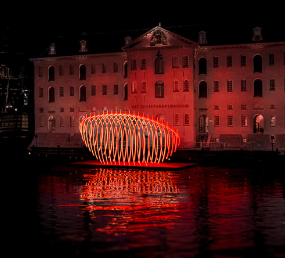
Amsterdam Light Festival illuminates the city’s canals from late November through mid-January. The 2025-2026 edition runs from November 28, 2025, through January 19, 2026.
Artists from around the world submit light-based artworks to a theme that changes annually. About 20 to 30 installations get selected and displayed along two routes: a water route and a walking route.
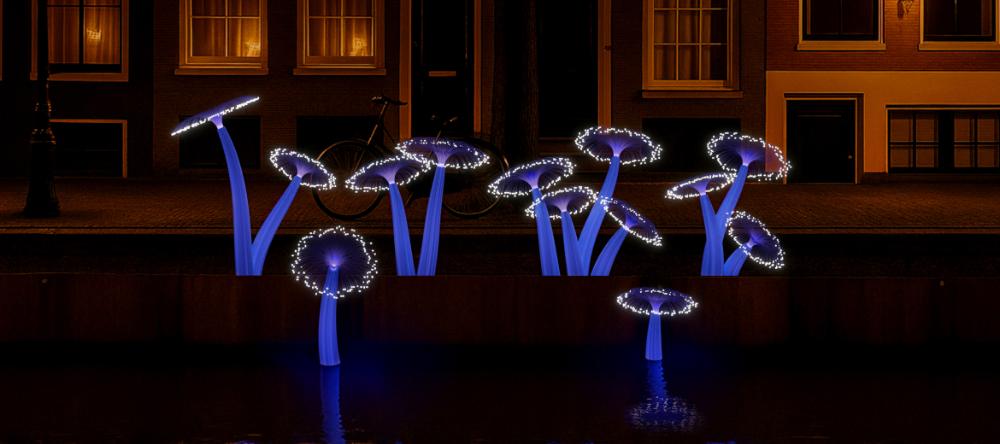
The festival started in 2012 and has grown into a major winter attraction. Installations range from subtle projections on historic buildings to large-scale sculptures made from LED lights. Each piece explores the annual theme through different artistic approaches.
Best Canal Routes for Light Viewing
The water route covers the major canals in Amsterdam’s center and is best experienced from a boat. Canal cruise companies run special light festival tours that follow the route and provide audio commentary about each artwork.
Tip
Evening cruises between 6 PM and 9 PM offer the best viewing since it’s fully dark but not too late. Book your cruise in advance during peak season, especially for weekend slots that fill up weeks ahead.
The walking route winds through the Jordaan neighborhood and other areas not accessible by boat. This route takes about 90 minutes to complete and costs nothing. Start at Amsterdam Central Station and follow the numbered route markers. The walking route stays accessible 24/7 throughout the festival duration.
Winter Activities in Amsterdam
Amsterdam offers plenty beyond the Light Festival once you need a break from the cold or want to fill your daytime hours.
| Activity | Specific Location | Cost |
|---|---|---|
| Ice skating | Museumplein outdoor rink | $8-11 with skate rental |
| Light Festival cruise | Blue Boat Company (departs Stadhouderskade) | $24 |
| Rijksmuseum visit | Museumstraat 1 | $22 |
| Van Gogh Museum | Museumplein 6 | $21 |
| Anne Frank House | Prinsengracht 263-267 | $16 (book weeks ahead) |
| Canal cruise (regular) | Stromma departures near Central Station | $17-20 |
Dutch Winter Cafes Worth Visiting
Amsterdam’s traditional cafes serve as warm refuges during cold winter days. These brown cafes, called bruine kroegen, get their name from wood-stained interiors darkened by years of atmosphere.
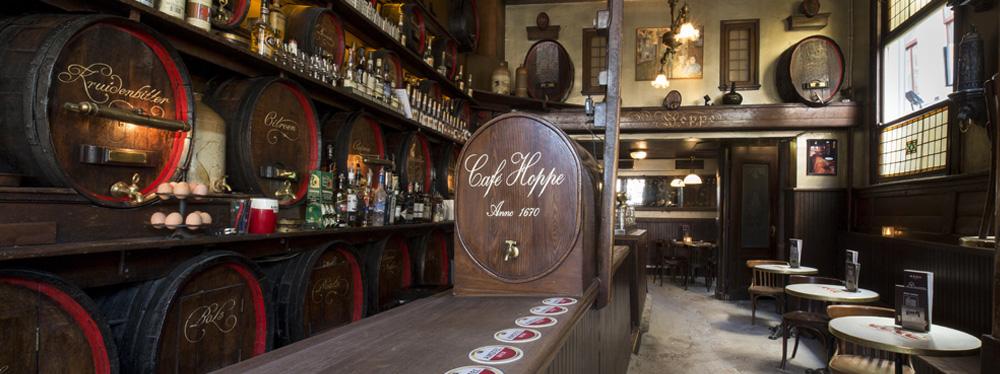
Top cafes for winter warmth:
- Café Hoppe (Spui 18-20) has been serving since 1670 and does excellent erwtensoep, the thick pea soup with sausage that’s winter comfort food in the Netherlands
- De Reiger (Nieuwe Leliestraat 34) in the Jordaan serves traditional Dutch dishes, including stamppot, alongside local beers
- Café ‘t Smalle (Egelantiersgracht 12) sits on a picturesque canal and offers fresh stroopwafels you can warm over your coffee cup
- Winkel 43 (Noordermarkt 43) is famous for apple pie but also serves oliebollen, the fried dough balls dusted with powdered sugar, sold everywhere in December and January
- Café de Dokter (Rozenboomsteeg 4) is Amsterdam’s smallest cafe and pours strong Dutch jenever to warm you up quickly
Winter festivals show you parts of cultures that don’t come out the rest of the year. Some of these celebrations have been happening for centuries, while others started recently but already feel essential to their locations. I’ve been to a few of these myself, and each one left me with stories I’m still telling years later.
❄️ Winter Festival Calendar 2025-2026 ❄️
Plan your perfect winter adventure
The best part is how different they are. You can watch Vikings burn a ship in the Shetland Islands, then spend the next winter dancing at an electronic music festival on a French Alp. Ice sculptures in Harbin will freeze your face off. Carnival in the Canary Islands offers perfect beach weather. Pick the one that sounds most interesting to you and start planning. These festivals don’t wait for anyone.

